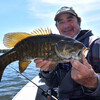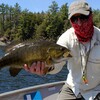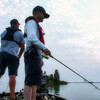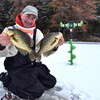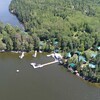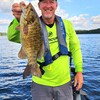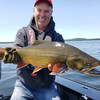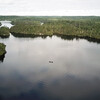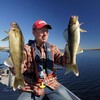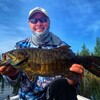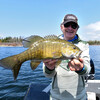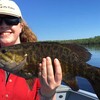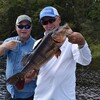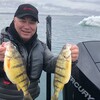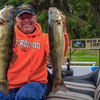
Yellow Perch Egg-Stacy
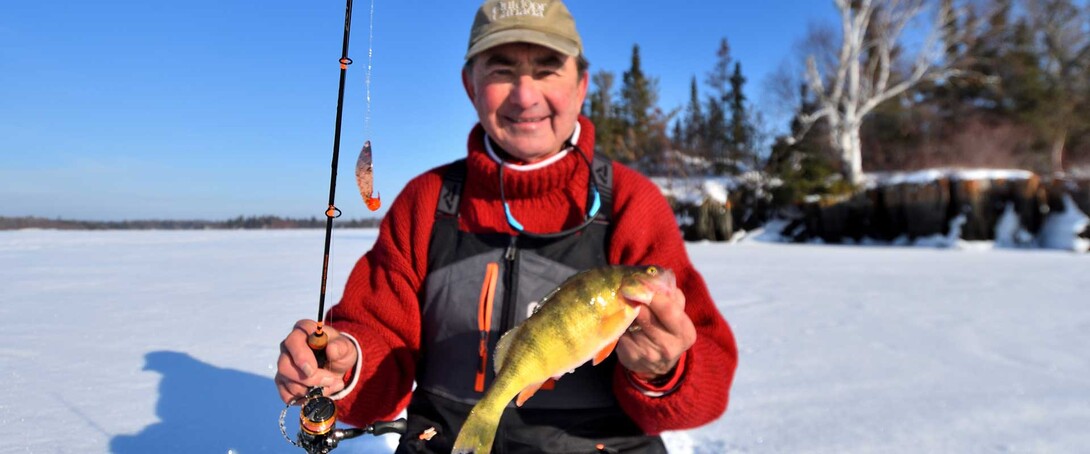
You can never predict when you’re going to strike a chord, but it seems I did just that with my last article about using Russian hooks to catch yellow perch in Northern Ontario. I knew there were plenty of hardcore perch anglers, but I underestimated how enthusiastic they are in their pursuit. Let’s just say that I received plenty of keen follow-up questions and comments.
Dwight, for example, contacted me asking about how to identify the best locations to catch the tasty yellow, black and orange-finned fish, while John was curious about the importance of blood worms (chironomid larvae) in the diet of the fish and their helpfulness in isolating good ice fishing locations.
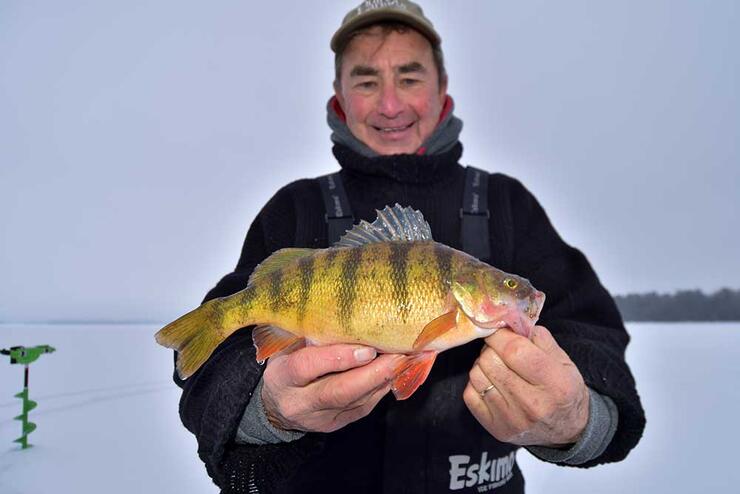
As Gord Pyzer explains, find the hard/soft bottom transition in most lakes across Northern Ontario and you’ll find the jumbo perch.
They’re excellent questions because, in most of the lakes across the north, I look for the transition between hard and soft bottom. The way I do it is by locating a firm rock or sand structure like an underwater point that runs out from the tip of an island or shoreline, or an isolated reef or rock pile that slopes down into deeper water where it eventually merges with the soft basin.
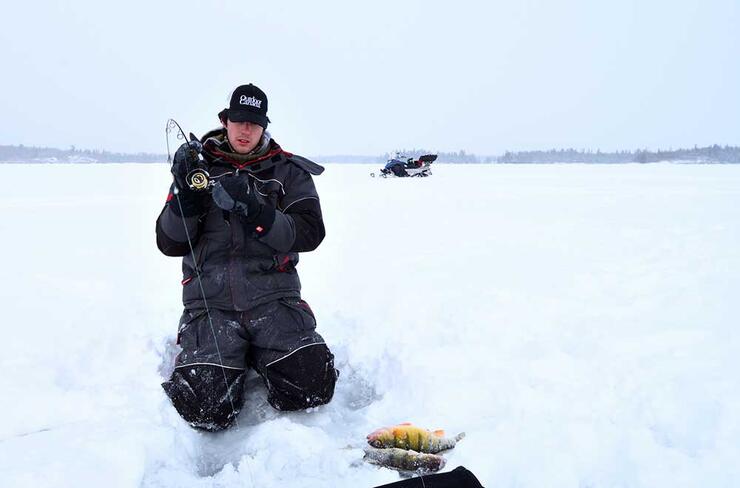
Now, imagine the structure is a hockey stick that you are holding. The most productive spot to set up and ice fish for perch is typically the angled corner where the shaft meets the blade. It provides the fish with both hard and soft feeding options. For example, they can feast on crustaceans like crayfish or peck in the mud like barnyard chickens gobbling up the multitude of insect larvae — there can be as many as one thousand mayfly larvae in a square metre of lake bottom — or slide up the hard slope and devour emerald shiners, sticklebacks and even young-of-the-year yellow perch.
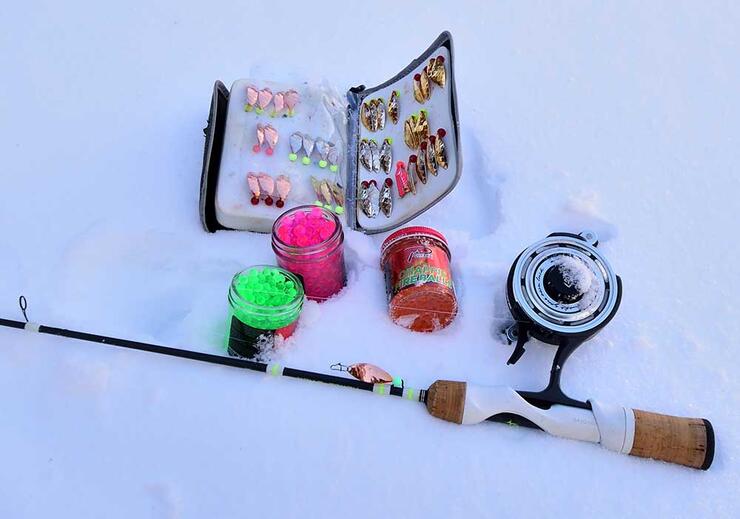
Small metal lures with beads, often referred to as Russian Hooks, attract schools of jumbo yellow perch in the winter.
By the way, you’ll know when you’ve hit the transitional jackpot because suddenly you will see your lure vividly on your sonar screen. What I mean by this is that when you drill holes on the slope itself, it is common to watch your lure on your screen hit the bottom and disappear while line continues to spill from your reel. What is happening, of course, is that because of the slope, there is a dead zone within which your lure vanishes. So, the steeper the slope, the more line that falls off your reel, after the lure appears to have hit bottom. But when you move even a few feet farther away, auger a new hole and watch your lure hit bottom and no line continues feeding out, you will know you’ve found the hard/soft hot spot.
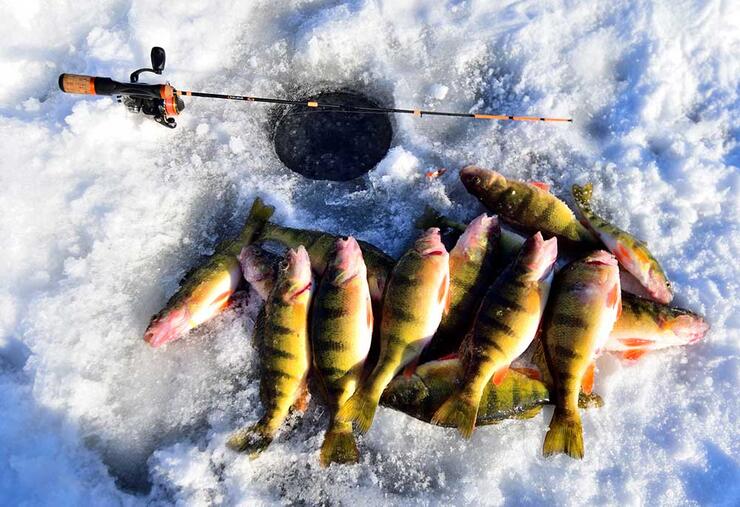
It is egg-stacy, really, which brings us to a subtle trick I shared with Caleb that has resulted in many bonus jumbo yellow perch of late. If you refer to my post about using Russian hooks for bait, you will see that the light, shiny metal lures flash when you lift them up and let them flutter back down under your hole. It is this flashy movement that attracts, magnetizes, and calls in the fish. But then, when they come close to your lure, it is the tiny eye-like bead that surrounds the hook that entices them to open up their mouths and bite it. It is a deadly system that you can make even better some days, if you take a pair of pliers, crush the bead and remove it entirely.
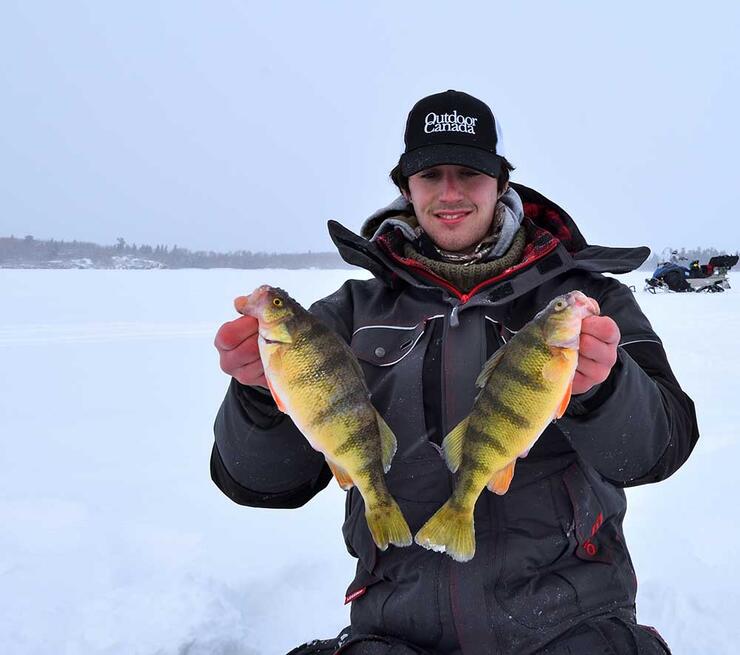
Yep, I am telling you to partially break an otherwise perfect bait. Now, get either a super soft trout or salmon egg and put it where the plastic bead previously resided. My favourite eggs are Pautzke Fireballs. Both the trout and crappie eggs work wonders, and because they are made of salmon egg juice they exude an elixir that drives jumbo perch crazy, on the toughest days, when everyone else is struggling.
Find Fishing Trips in Northern Ontario by visiting:
Recommended Articles
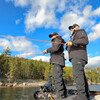
Against the Grain
Ontario Brook Trout

St. Francis Titans

Hook Your Kids on Fishing

5 Places to Shore Fish
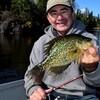
Sharpshooting Crappies

Tactical Trophy Trouting
Five Star Walleye
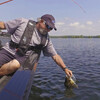
How Smallmouth Bass Came to Ontario
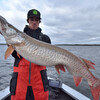
Hooked On Muskies
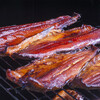
Smoked Fish: A Do-It-Yourself Delicacy
Hit The Hard Rock Cafe for Perch & Crappies
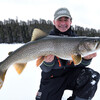
Double Trouble Trout
Awesome Algonquin
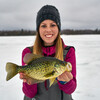
Late Season Panfish

Pleasant Cove Resort
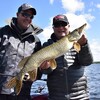
Reid's Birch Island Resort

Speckle Splake Spectacular
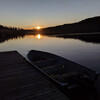
How the Peaceful North Changed My Life

